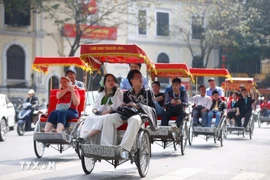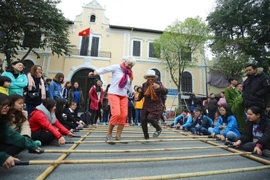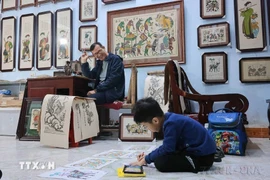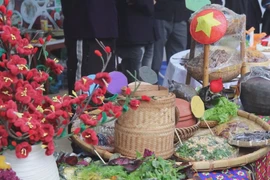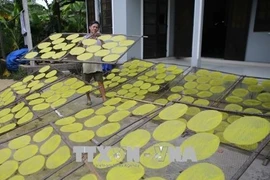The simple, rustic stone tiles have sheltered the white Thai people for generations, becoming a symbol of their stable lives. In 2010, during resettlement along the Nam Lay river, many families brought ancestral stone tiles to roof their new homes, seeing them not just as materials but as memories and the essence of their ethnic identity.
Black stone used for roofing is a natural material sourced from rock layers on mountains or riverbeds. This type of stone has a unique structure, with thin layers stacked on top of each other. While once cut manually, modern machines now produce hundreds daily, serving both roofing needs and products like wall cladding and paving.
Owning a stilt house with a stone roof is a source of pride for each white Thai family in Muong Lay. Using thin stones mined from the mountains, the locals have skillfully turned them into durable roofs that stand the test of time. These houses are not just homes but symbols of the creativity and craftsmanship of the Thai people in Muong Lay.
In addition to natural advantages like heat insulation and long-lasting beauty, using black stone for roofing showcases the architectural artistry of the white Thai community here. The stilt houses with stone roofs, lined up along the hydropower reservoir, have become a tourism highlight of Muong Lay./.






